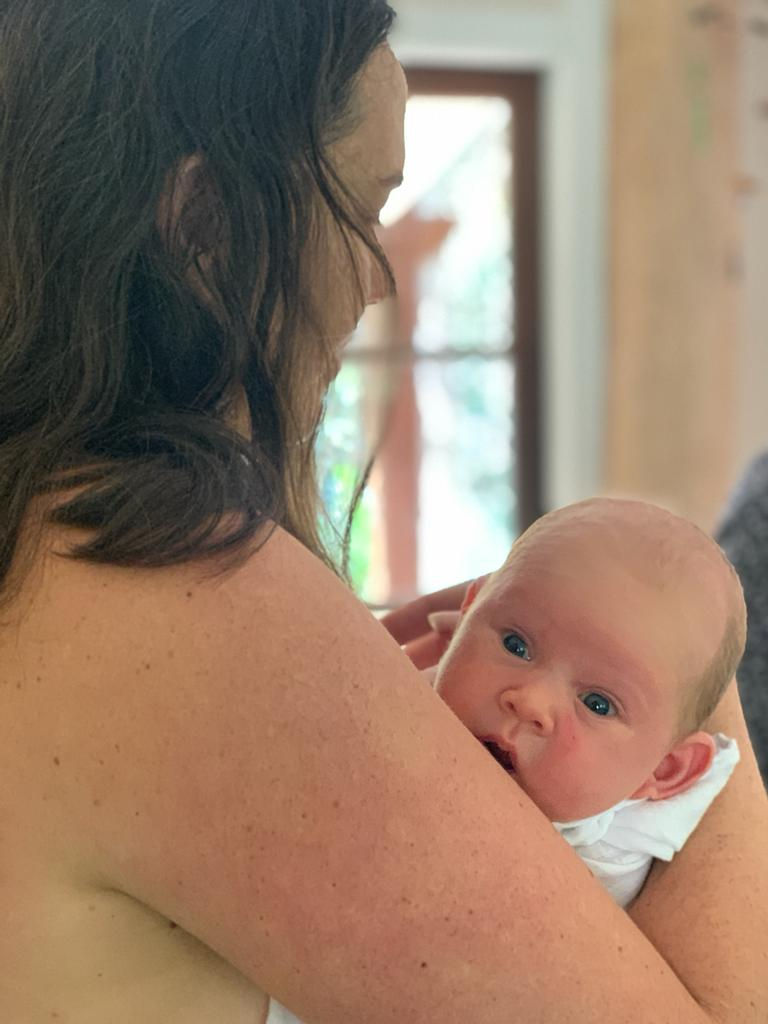Appreciating your placenta
- Sunny

- Jul 28
- 2 min read
The Sacred Process of Physiological Placental Birth
In the rhythm of birth, the delivery of the placenta is often overlooked—but it is a profound and vital part of the process. Known as the physiological third stage of labour, this phase honors the body’s innate timing, allowing the placenta to detach and be born naturally, without interference. When undisturbed, the uterus contracts rhythmically, and the placenta, rich in blood and nutrients, gently peels away from the uterine wall and emerges, completing the sacred cycle of gestation.
Oxygenation and Stem Cells: Nature’s Final Gift
One of the most powerful reasons to delay clamping or cutting the umbilical cord is the continued oxygenation and transfusion of stem-cell-rich blood from the placenta to the baby. After birth, even as the baby takes its first breaths, the placenta continues to deliver oxygen, iron, immune cells, and millions of hematopoietic stem cells—the building blocks of the immune and blood systems.
This placental transfusion can increase an infant's blood volume by up to 30%, supporting better oxygenation of vital organs and boosting iron stores for months. These stem cells also contribute to tissue repair and immune development, giving the newborn the strongest possible start.
The Pause: Gentle Separation After the Cord Has Stopped Pulsing
Once the cord has ceased pulsing—signalling that the blood flow between placenta and baby has completed—only then is it time to gently consider separation. This moment, often quiet and reverent, honours the bond between baby and placenta. By waiting until the pulse ceases, we allow the baby to fully transition from womb to world, without premature interruption of their lifeline.
This can be a time of ritual and connection. Some families choose to perform a cord burning ceremony or engage in lotus birth, where the cord is left intact until it naturally detaches.
Returning the Placenta to the Earth
After nourishing life from within, many choose to return the placenta to the earth in gratitude. Burying the placenta is an ancient and cross-cultural ritual, symbolizing rebirth, reverence, and the cyclical nature of life. Whether planted beneath a tree, in a garden, or in a special container, this act reconnects us to the earth and to the continuity of life.
The placenta, once the bridge between mother and baby, becomes again a bridge—between human and nature, birth and death, spirit and soil. In this simple act, we recognize that nothing in the birth process is disposable. Everything has purpose, rhythm, and sacredness.





Comments